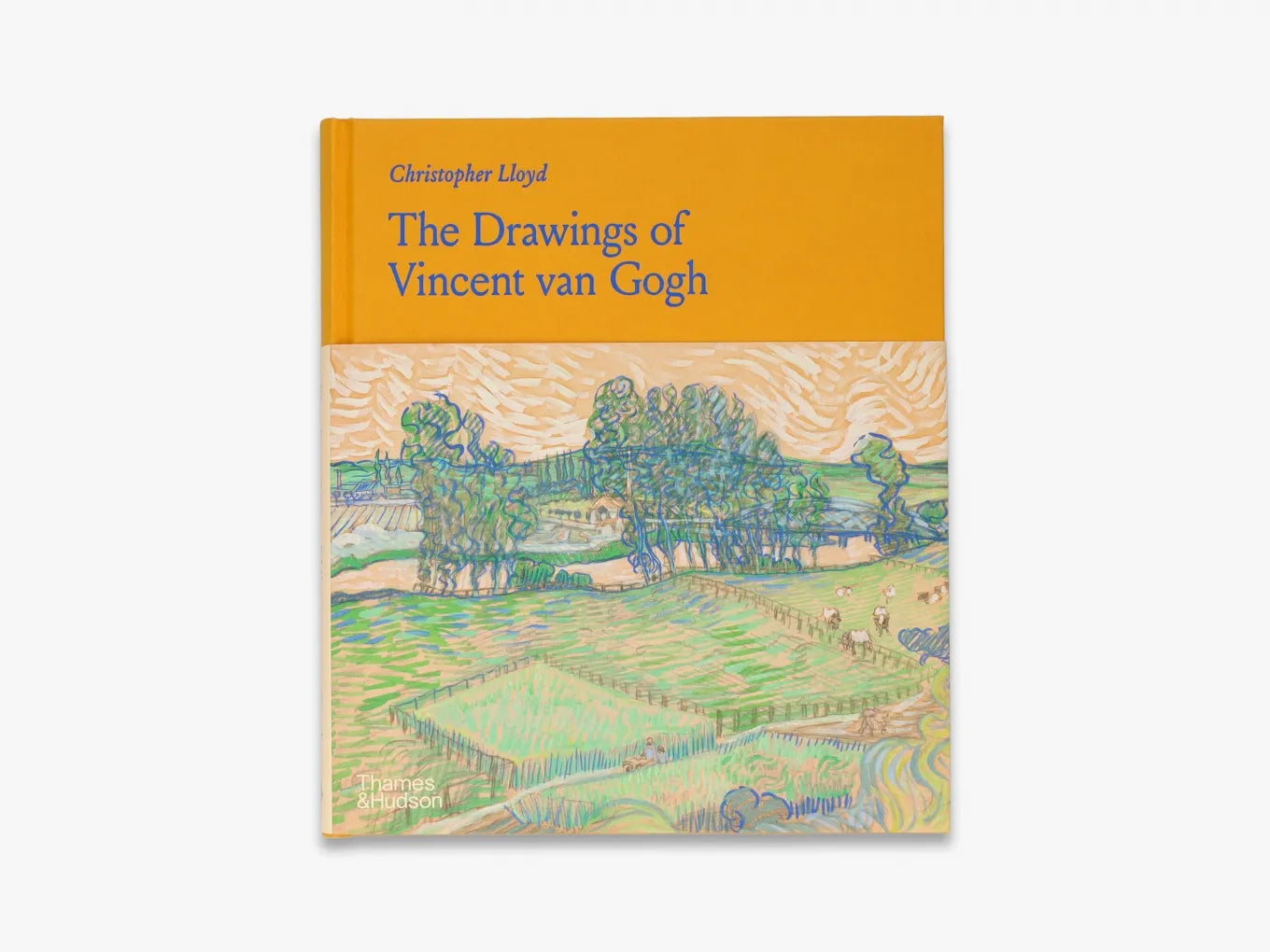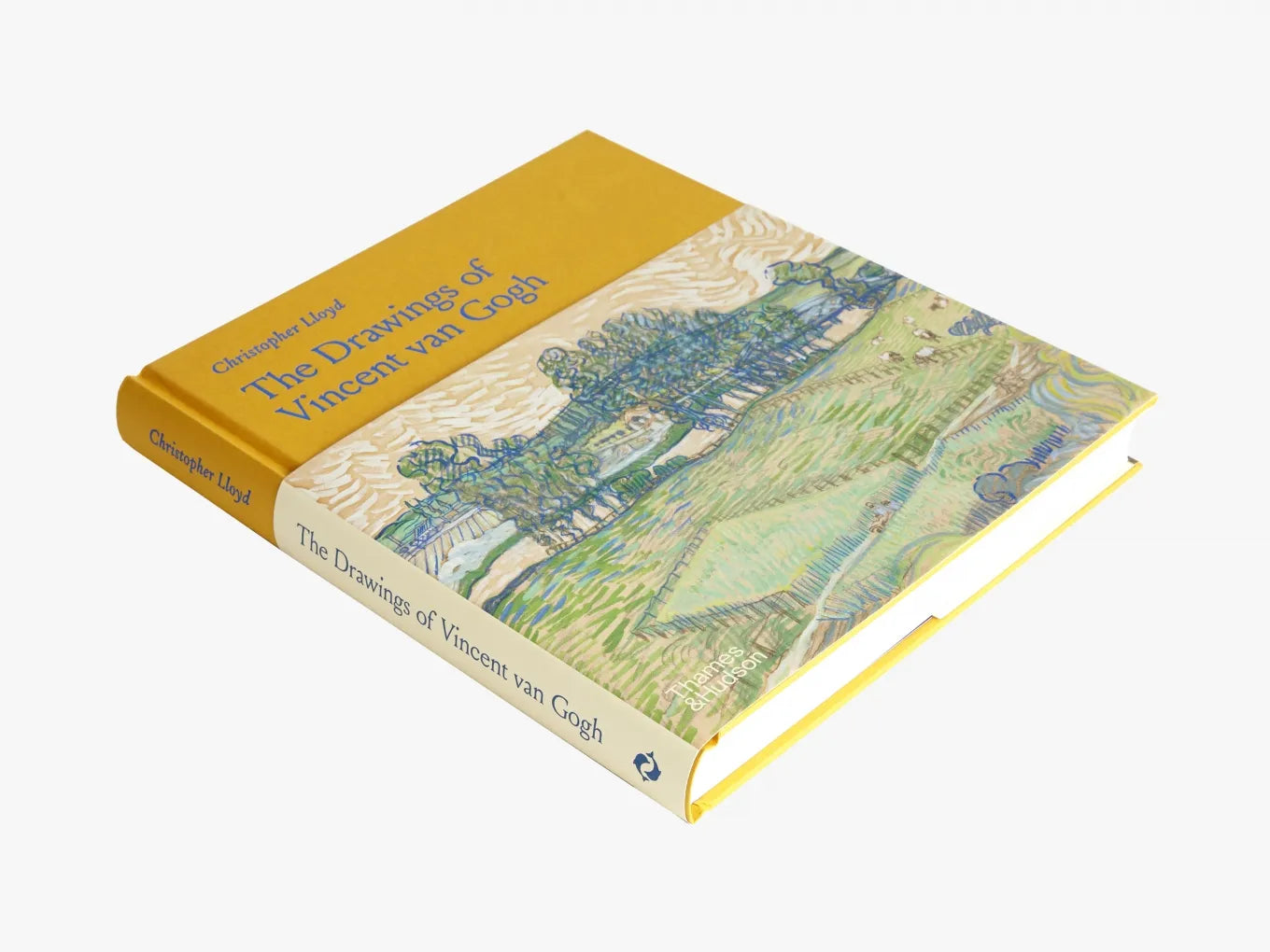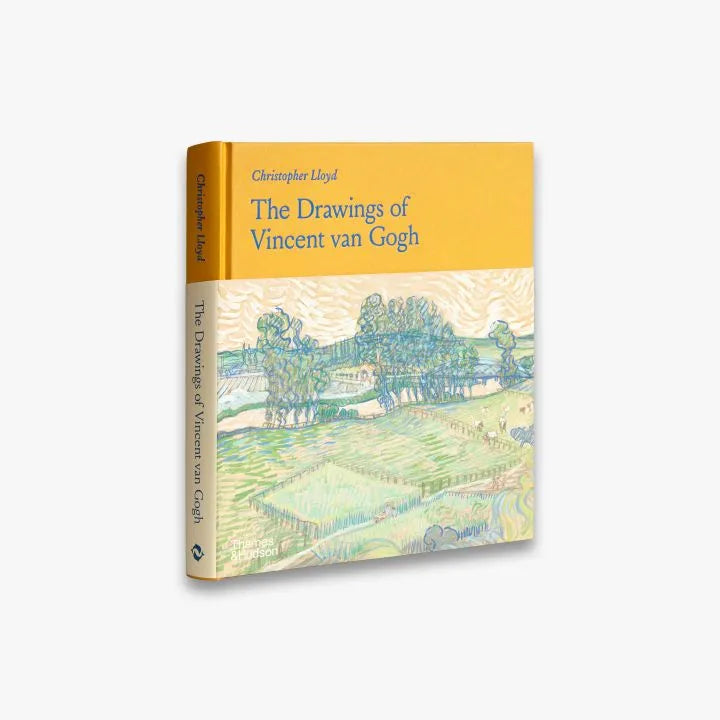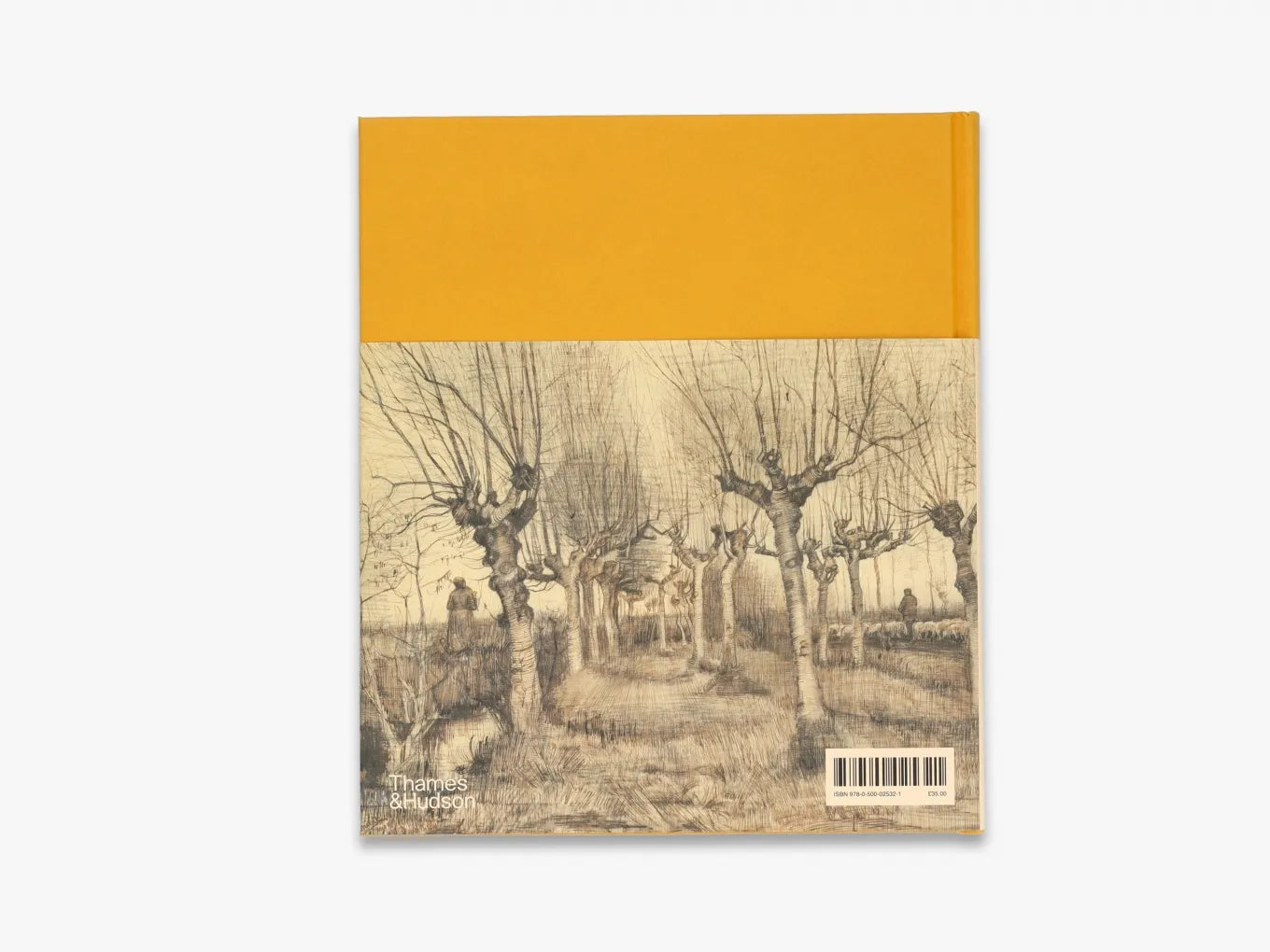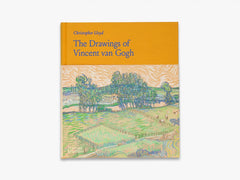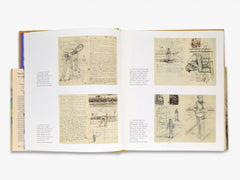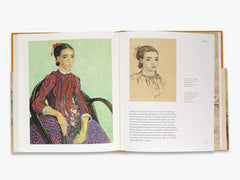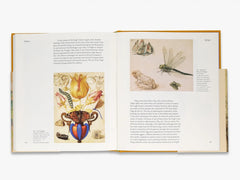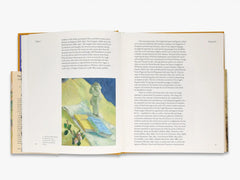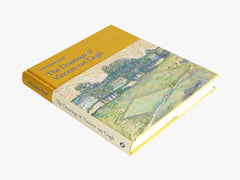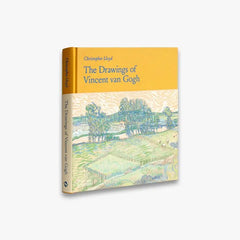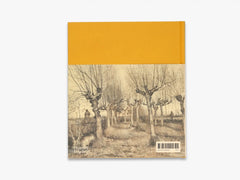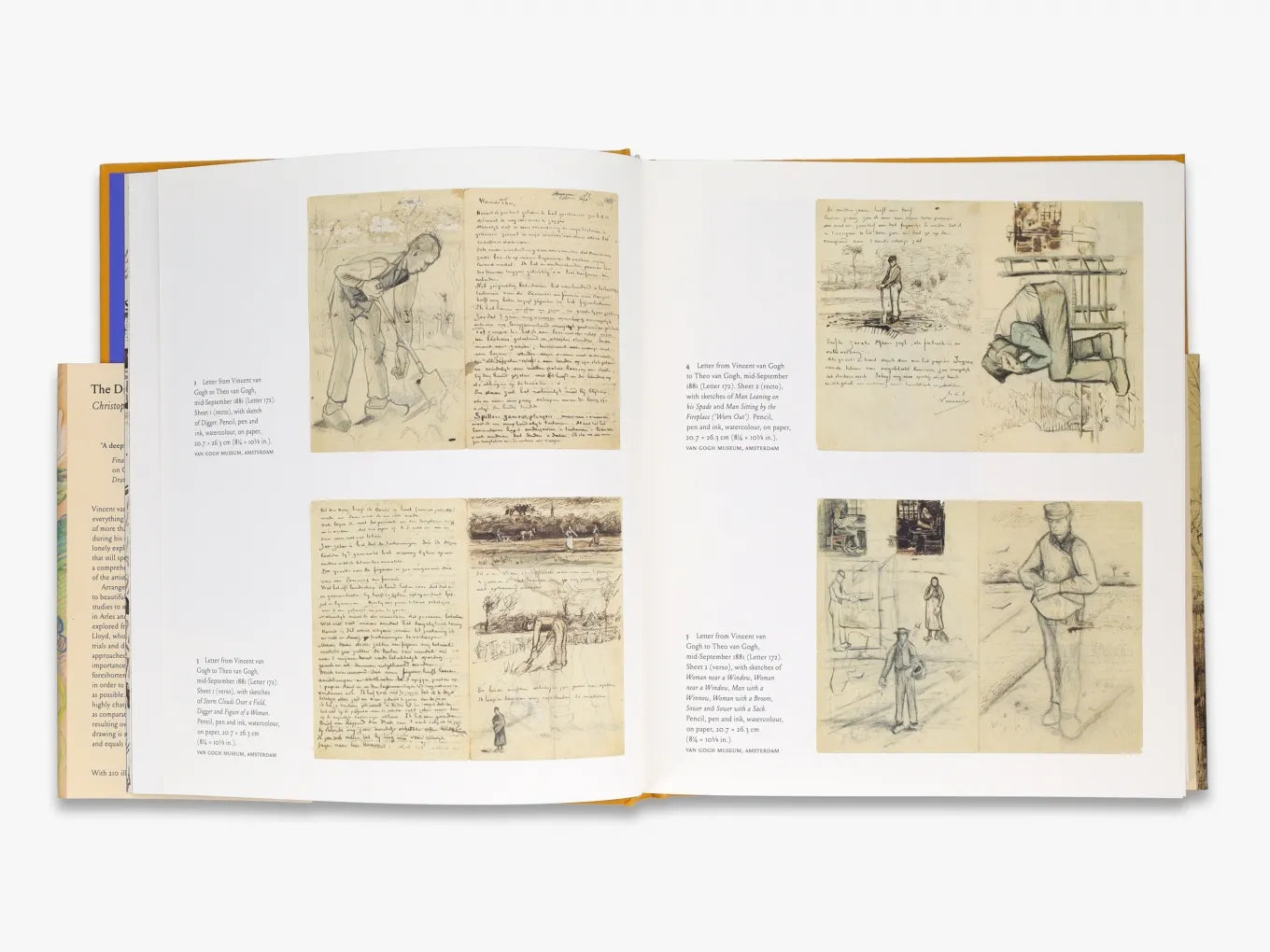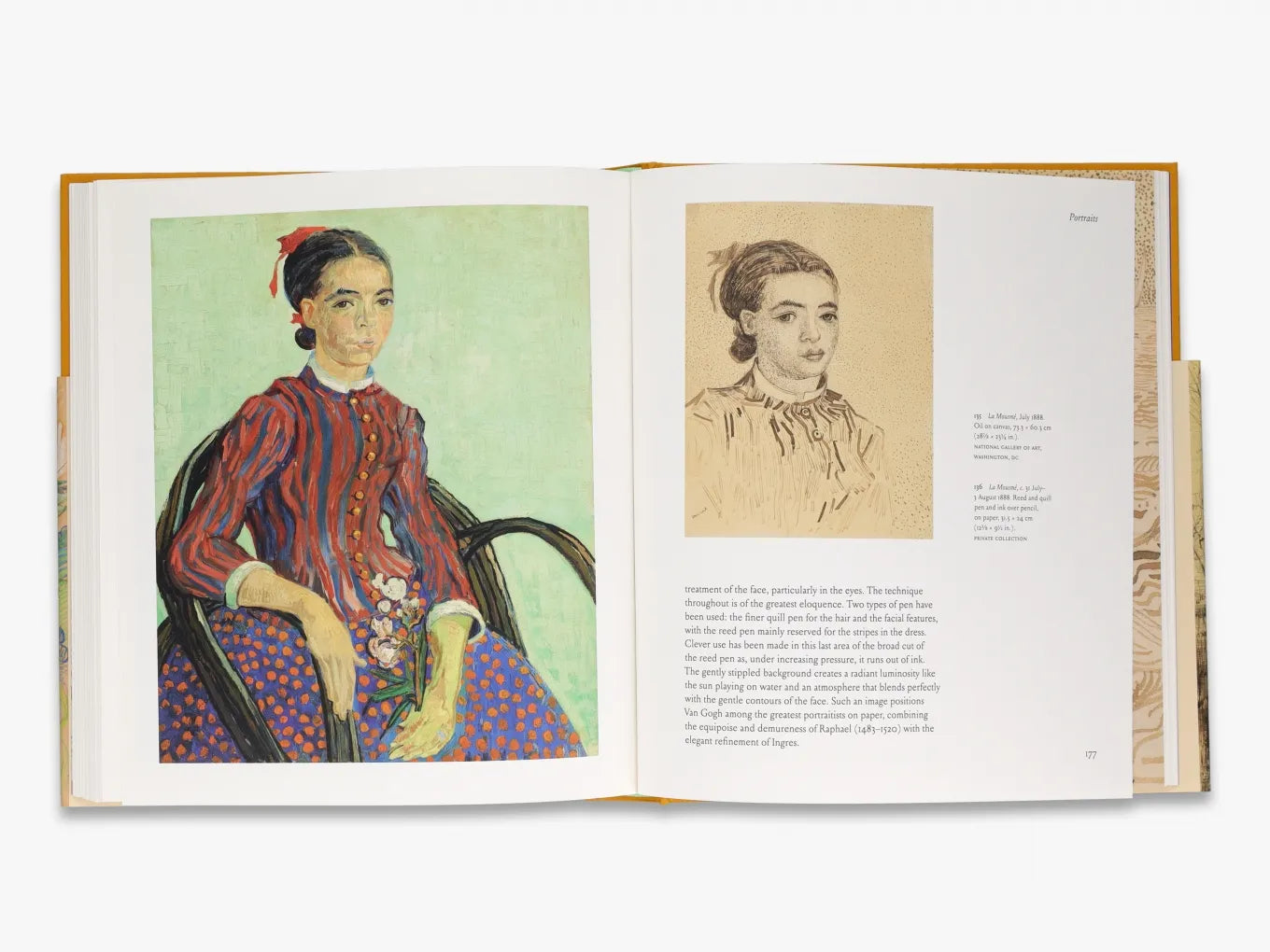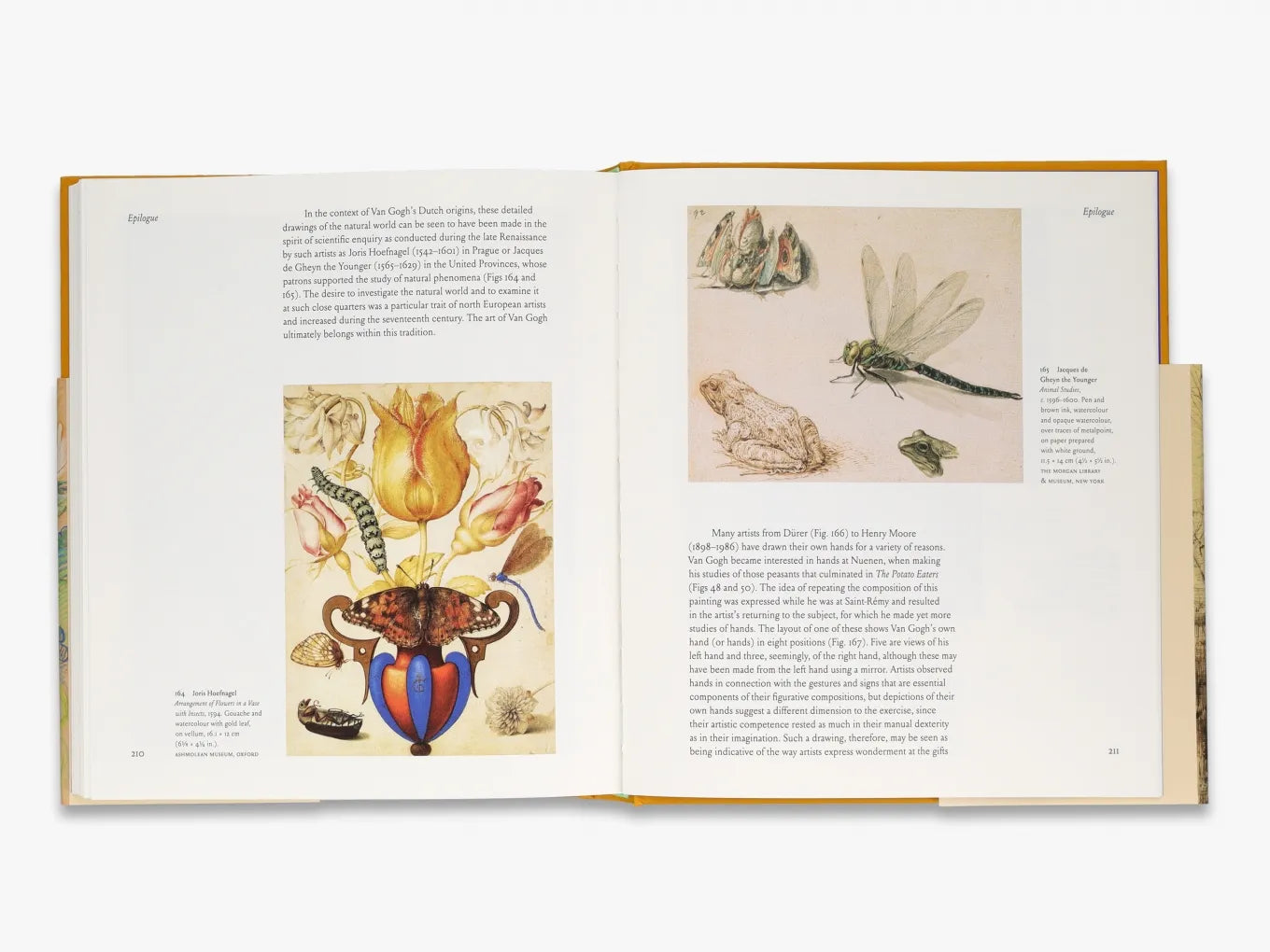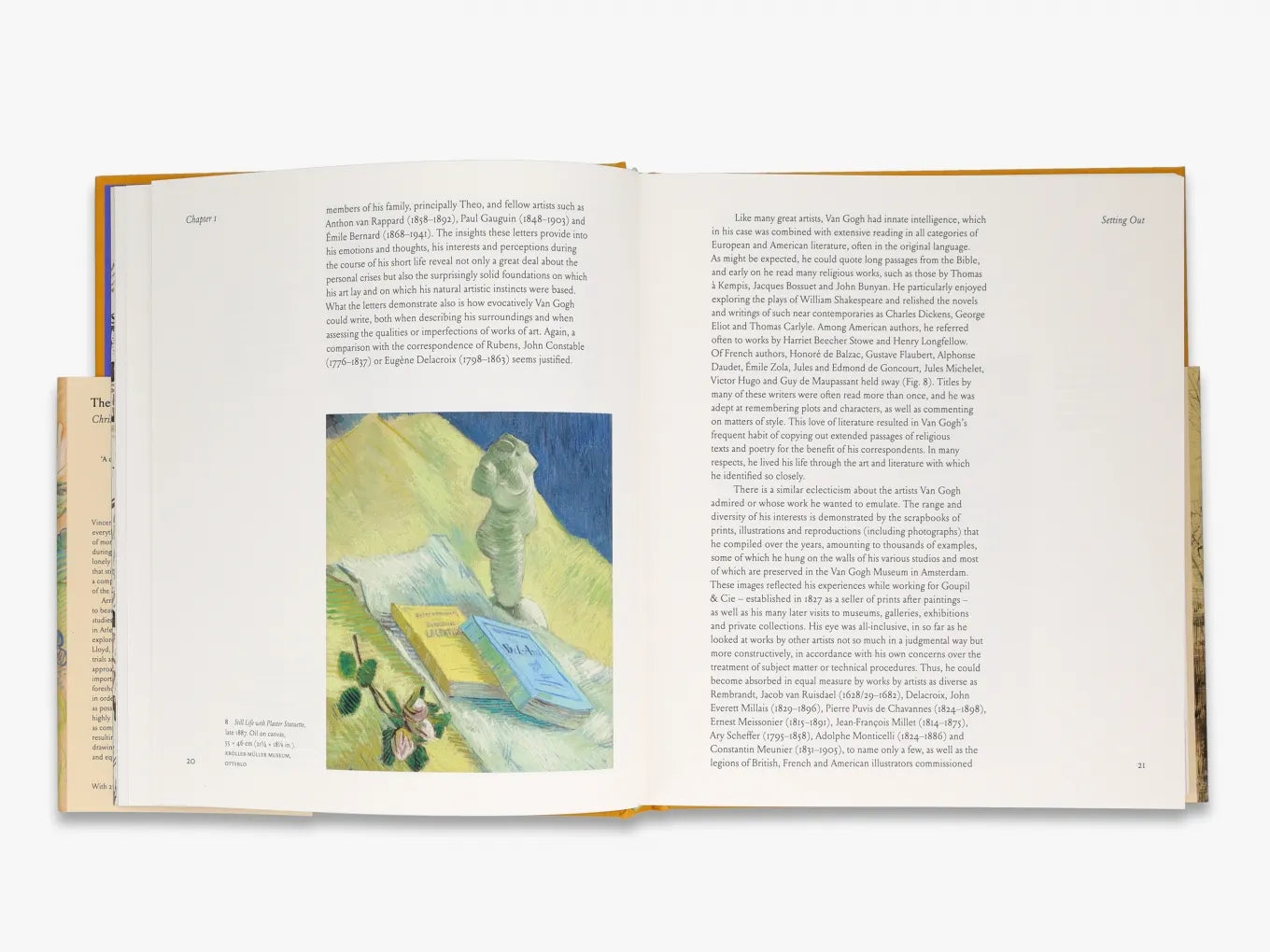The Drawings of Vincent van Gogh is a comprehensive account celebrating the genius and singularity of the artist’s achievements in this field. Arranged by theme – from drawings of humble harvesters to beautifully rendered depictions of landscape, pensive life studies to memorable sketches of the famous Yellow House in Arles and other places – Van Gogh’s works on paper are explored from a fresh perspective by art historian Christopher Lloyd, who records the artist’s successes, failures, experiments, trials and disappointments. Primarily self-taught, Van Gogh approached drawing instinctually, but soon recognized the importance of mastering the grammar of art – anatomy, modelling, foreshortening, perspective – as well as materials and techniques, in order to convey his emotional responses to a subject as vividly as possible. Using examples from the artist’s voluminous and highly charged family correspondence, sketchbooks, as well as comparative artworks by Rembrandt, Dürer and others, the resulting overview gives us a greater understanding of why drawing is so important within Van Gogh’s unique oeuvre and equals the intensity and reputation of his paintings.
Brief Chronology of the Life of Vincent van Gogh
1. Setting Out
2. Figures
3. Compositional Drawings: Figures and Landscapes
4. Place
5. Landscape
6. Portraits
7. Repetitions
Epilogue
Christopher Lloyd is an art historian and curator. He was Surveyor of The Queen’s Pictures in the British Royal Collection from 1988 to 2005, and is the author of Edgar Degas: Drawings and (2014), Paul Cézanne: Drawings and Watercolours (2015), Impressionist and Post-Impressionist Drawings (2019) and Masterpieces: An Art Lover’s Guide to Great Britain and Ireland (2022), all published by Thames & Hudson. His many other publications include art monographs, official catalogues of museum collections and general surveys of the British Royal Collection.
You May Also Like
View more- Choosing a selection results in a full page refresh.


